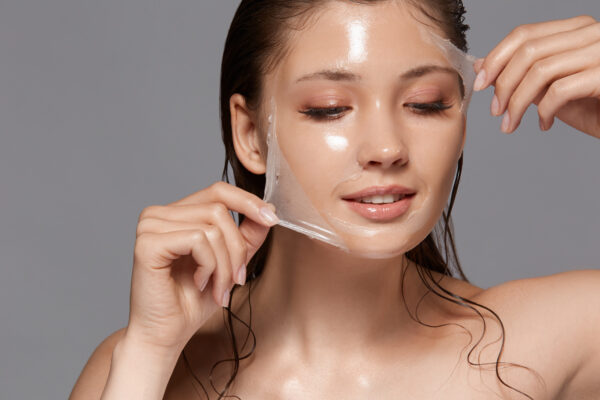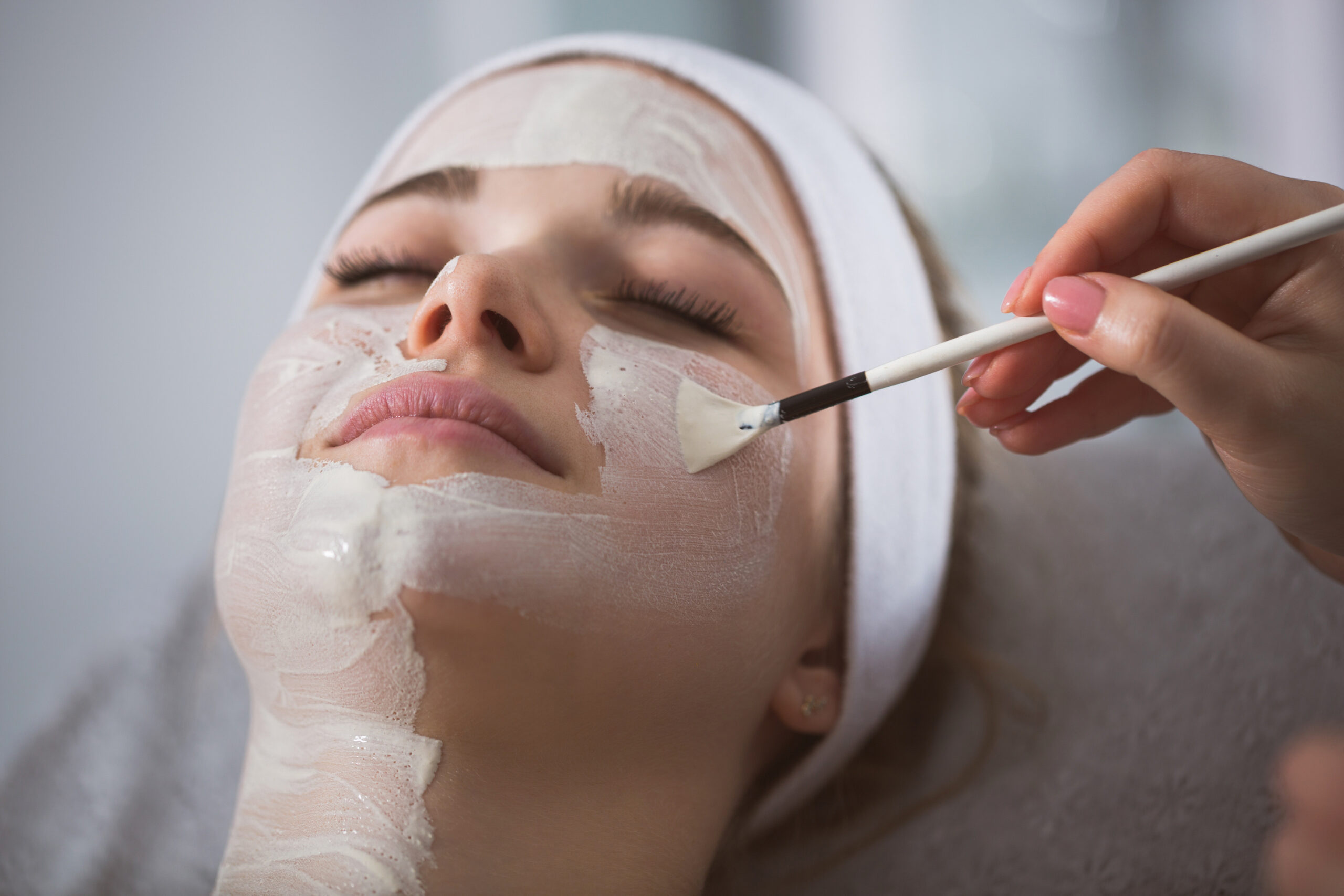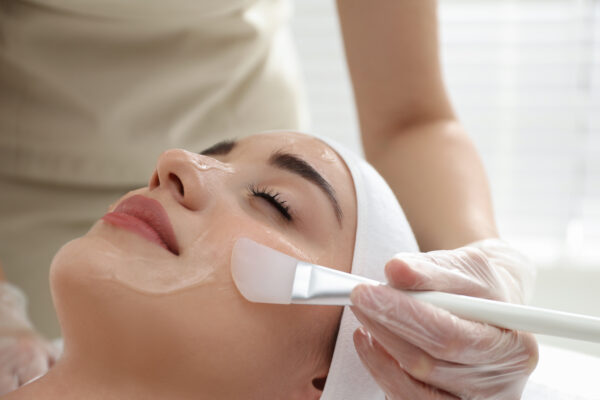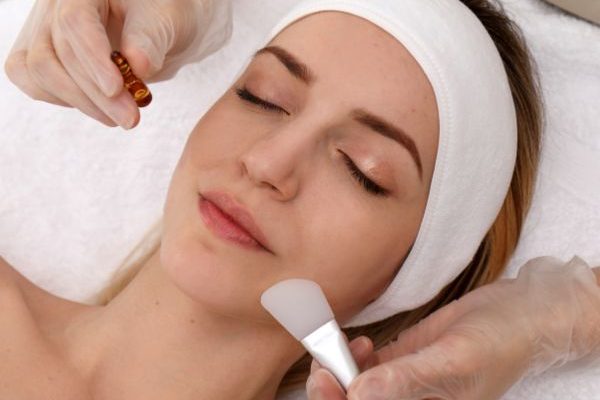Chemical Peel Treatment Options
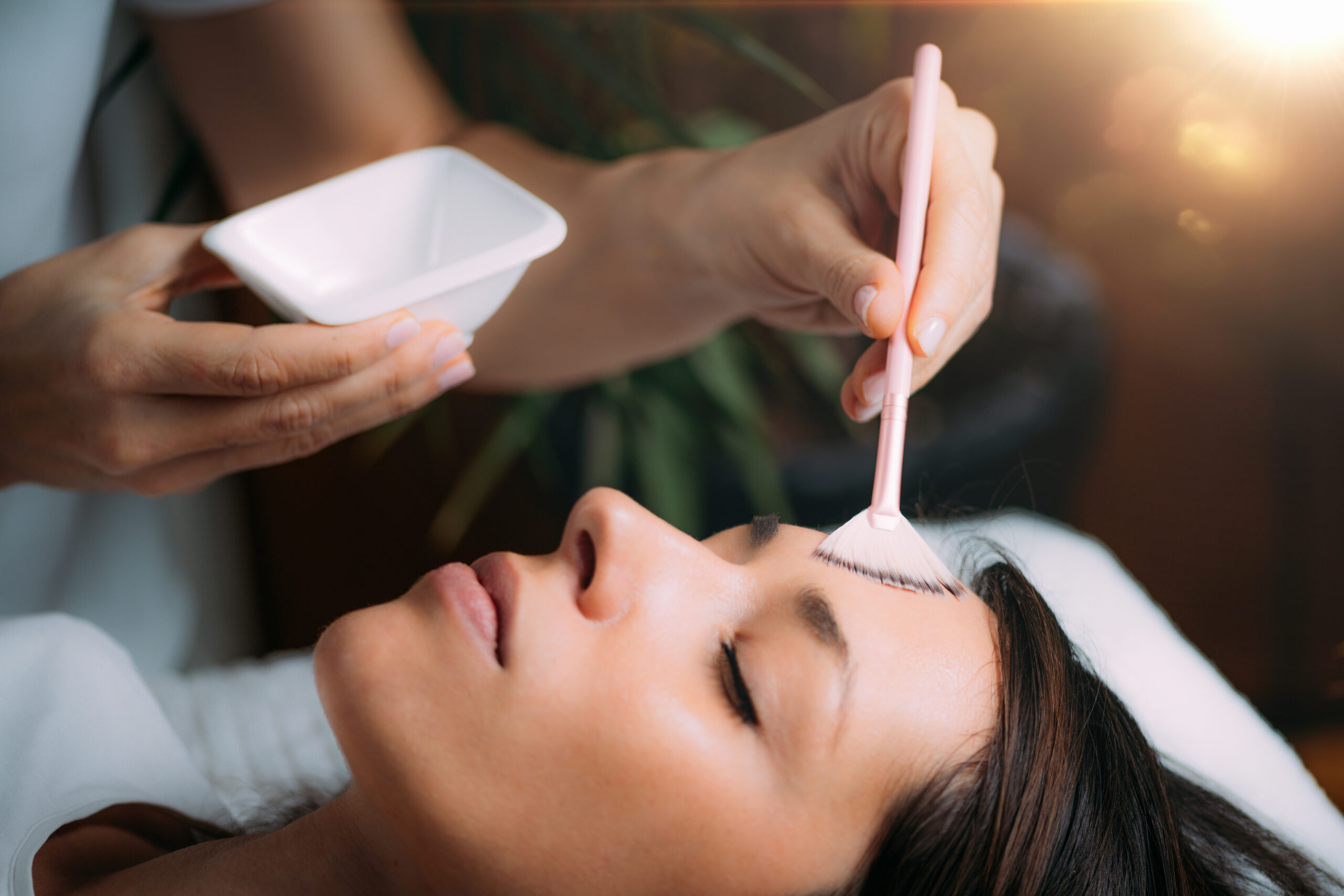
Chemical peels are one of the most popular skin treatments available today. They can help improve the overall appearance and health of your skin, and are relatively affordable and safe. It’s important to understand the different types of chemical peels and their associated risks and benefits before deciding which one is right for you.
What is a Chemical Peel?
A chemical peel is a skin-resurfacing procedure in which a chemical solution is applied to the face or other body areas to improve the texture and tone of the skin. The solution used in a chemical peel can vary, but typically includes some type of acid, such as glycolic acid, salicylic acid, or trichloroacetic acid.
The chemical solution is applied to the skin and left to work for a few minutes. During this time, the acid will penetrate the outer layers of the skin, removing dead skin cells and encouraging the growth of new, healthy skin cells. The result is a smoother, more even complexion.
Types of Chemical Peels
When it comes to chemical peels, there are three main types: light, medium, and deep.
Light Chemical Peels
Light chemical peels are the most common type of chemical peel. These peels use a light acid solution to remove the top layers of the skin, revealing newer, healthier skin beneath. Light chemical peels are typically used to treat minor skin imperfections such as acne, sun damage, and discoloration.
Medium Chemical Peels
Medium chemical peels are a bit more aggressive than light chemical peels. These peels use a stronger acid solution to penetrate deeper into the skin, removing more of the top layers of the skin and stimulating the production of collagen and elastin. Medium chemical peels can treat more severe skin issues such as deep wrinkles, acne scars, and sun damage.
Deep Chemical Peels
Deep chemical peels are the most aggressive type of chemical peel. These peels use a very strong acid solution to penetrate the deepest layers of the skin, removing the top layers and stimulating the production of collagen and elastin. Deep chemical peels are typically used to treat severe skin issues such as deep wrinkles, severe acne scars, and extensive sun damage.
Benefits of Chemical Peels
There are many benefits to chemical peels, including:
• Improved skin tone and texture: Chemical peels can help improve the overall tone and texture of the skin, giving it a smoother, more youthful appearance.
• Reduced acne: Chemical peels can help reduce the appearance of acne, as well as eliminate acne scars.
• Reduced wrinkles and fine lines: Chemical peels can help reduce the appearance of wrinkles and fine lines, giving the skin a more youthful look.
• Reduced discoloration: Chemical peels can help reduce discoloration, such as age spots and sun spots.
• Improved skin health: Chemical peels can help improve the overall health of the skin by stimulating the production of collagen and elastin.
Risks of Chemical Peels
Although chemical peels are generally safe, there are some risks associated with the procedure. These include:
• Skin irritation: The chemical solution used in a chemical peel can cause some skin irritation, such as burning, stinging, redness, and swelling.
• Scarring: In rare cases, chemical peels can cause scarring.
• Changes in skin color: In rare cases, chemical peels can cause changes in the color of the skin, such as hyperpigmentation.
• Infection: In rare cases, chemical peels can cause infection.
It’s important to speak with your doctor about any potential risks associated with chemical peels before undergoing the procedure.
Conclusion
Chemical peels are a great way to improve the appearance and health of your skin. There are three main types of chemical peels—light, medium, and deep—and each type has its own benefits and risks. It’s important to speak with your doctor before undergoing a chemical peel to ensure that the procedure is right for you.








